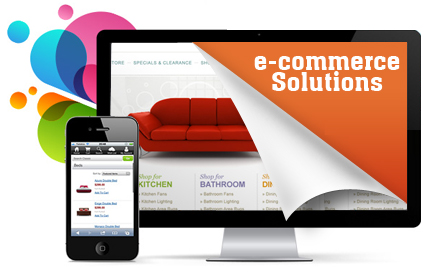According to Jakob Nielsen’s research (Useit.com, 2016), the success rate of popular e-commerce websites has risen by 16% in the past 11 years. That is, these sites have become roughly 16% better at performing their core online shopping tasks. Now users already assume they will find what they are looking for – it is the convenience of the whole process that makes a difference in their loyalty to the site. To help gain that loyalty, the following usability elements have to be incorporated most effectively:
Product Search.
It is a common best practice to keep the search bar visible at all times, either in the site header or in a sidebar. For a more diverse selection of products, specific filtering options help the user avoid clicking through unwanted results. Use product categories and subcategories as well as filtering by product features.
Contact Information and Store Locator.
Not all users are comfortable doing their purchasing online, so it’s always a good idea to let the user find the closest store.
Catering to the Individual User.
In order to induce loyalty, the site needs to store user data in customer accounts. A common best practice for the account username is the email, as it simultaneously guarantees unique identification and won’t be easily forgotten by the user. The user should, however, be able to make purchases as a “guest”, without having to register. Based on past purchases, the site should make recommendations for similar products. The site should display a shopping cart icon, visible and accessible at all times – this lets the user know of the items they have added so far. Another good feature is a wishlist, for users who are hesitant or don’t have the means to make a purchase right away.
Prominent Calls to Action
Eye-catching and informative banners, buttons and other calls to action help the user find good deals and ongoing promotions the quickest way.
Simple and Secure Checkout Process.
The checkout process can drive away even users who were ready to purchase, if it’s overly long and complicated. A good way to improve the perceived process is breaking it down into steps. The user must know which step they are on, and how many are left. If the user’s credit card is not supported on the site – they can’t make a purchase. Providing as many payment options as possible helps avoid this issue. The user must know the full information about their payment, including tax, delivery and other related fees. The checkout process must not only be secure, but also be perceived as such – displaying genuine badges of active security features helps build credibility. Once the purchase is made, the site must provide the full information on the purchase in a printable confirmation page that is emailed to the user and stored in their account.
